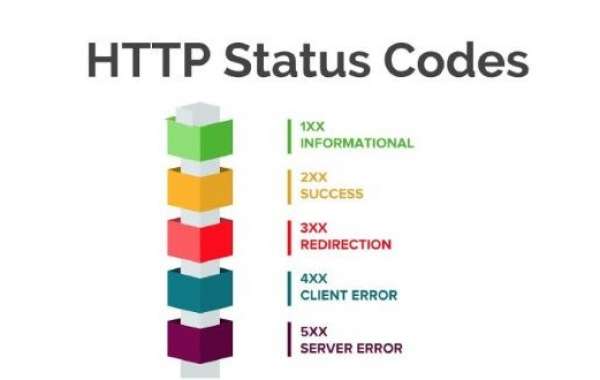HTTP status codes are an essential aspect of web communication, providing numerous benefits that facilitate the interaction between clients and servers. Here’s a detailed look at the key advantages of using HTTP status codes:
1. Clear Communication
HTTP status codes offer a standardized way for servers to communicate with clients about the outcome of a request. This clear communication helps in understanding whether the request was successful, if there were any errors, or if additional action is needed.
2. Efficient Troubleshooting
When something goes wrong, HTTP status codes can quickly identify the nature of the problem. For instance, a 404 Not Found error indicates that the requested resource doesn’t exist, while a 500 Internal Server Error points to an issue on the server side. This specificity allows developers to diagnose and fix issues more efficiently.
3. Enhanced User Experience
Properly handled HTTP status codes improve user experience by providing meaningful feedback. For example, when a user encounters a 404 error, they can be redirected to a custom error page that helps them navigate back to useful content instead of facing a blank screen or a generic error message.
4. SEO Benefits
Search engines pay attention to HTTP status codes. Correct usage of status codes, such as 301 Moved Permanently for redirected pages, can help maintain SEO rankings by ensuring that search engines understand the structure and changes in your website. Misconfigured status codes can lead to issues like duplicate content or loss of page rank.
5. Efficient Resource Management
HTTP status codes help in managing resources more effectively. Codes like 304 Not Modified can be used to tell the client that the cached version of the resource is still valid, which saves bandwidth and reduces server load by avoiding unnecessary data transfers.
6. Security Indications
Certain status codes, such as 401 Unauthorized and 403 Forbidden, indicate security-related issues. These codes help in identifying authentication and authorization problems, ensuring that access to resources is properly controlled and that sensitive information remains secure.
7. Improved Development Practices
Using appropriate HTTP status codes promotes better development practices. It encourages developers to handle various scenarios properly, such as validating inputs, managing resources, and ensuring that the application behaves predictably under different conditions.
8. API Interactions
For APIs, HTTP status codes are crucial in defining how different responses should be interpreted. They help in building robust and reliable APIs by clearly indicating the result of an API call, whether it’s a successful data retrieval, a client error, or a server error.
Conclusion
HTTP status codes are more than just numerical responses; they are vital tools that enhance web communication, improve user experience, aid in troubleshooting, support SEO efforts, and promote efficient development and security practices. Properly utilizing HTTP status codes ensures that web interactions are smooth, understandable, and effective, benefiting both users and developers.



